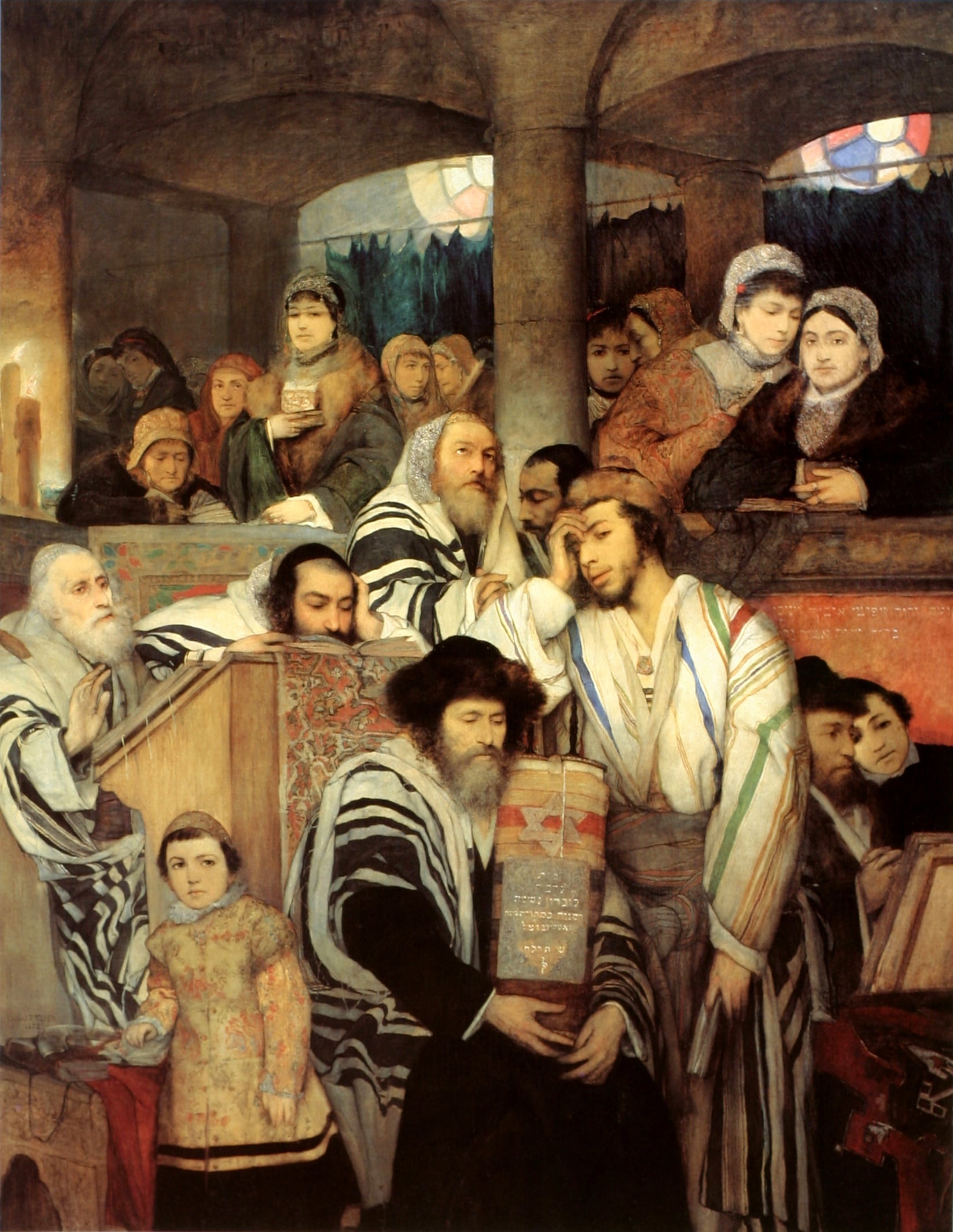Cartesian Dualism, Kabbalah, and Quantum Mechanics
Cartesian dualism, or mind-body dualism, formulated by the French scientist, mathematician, and philosopher René Descartes (1596–1650), holds that the body and the mind (which he equated with consciousness, or the soul) are two distinct ontological substances with nothing in common.[1] They exist in different worlds and do not interact or communicate with each other. This position presents a serious problem—if the two have nothing in common, how can they have the causal connections they seem to have? How, for example, can the mind causally direct the body? And, vice versa, how can the body communicate sensations, such as pain, to the mind? This valid criticism proved fatal for Cartesian dualism, which has been all but relegated to the dustbin of history. The Jewish theosophical doctrine of Kabbalah takes a very different approach. It [...]







